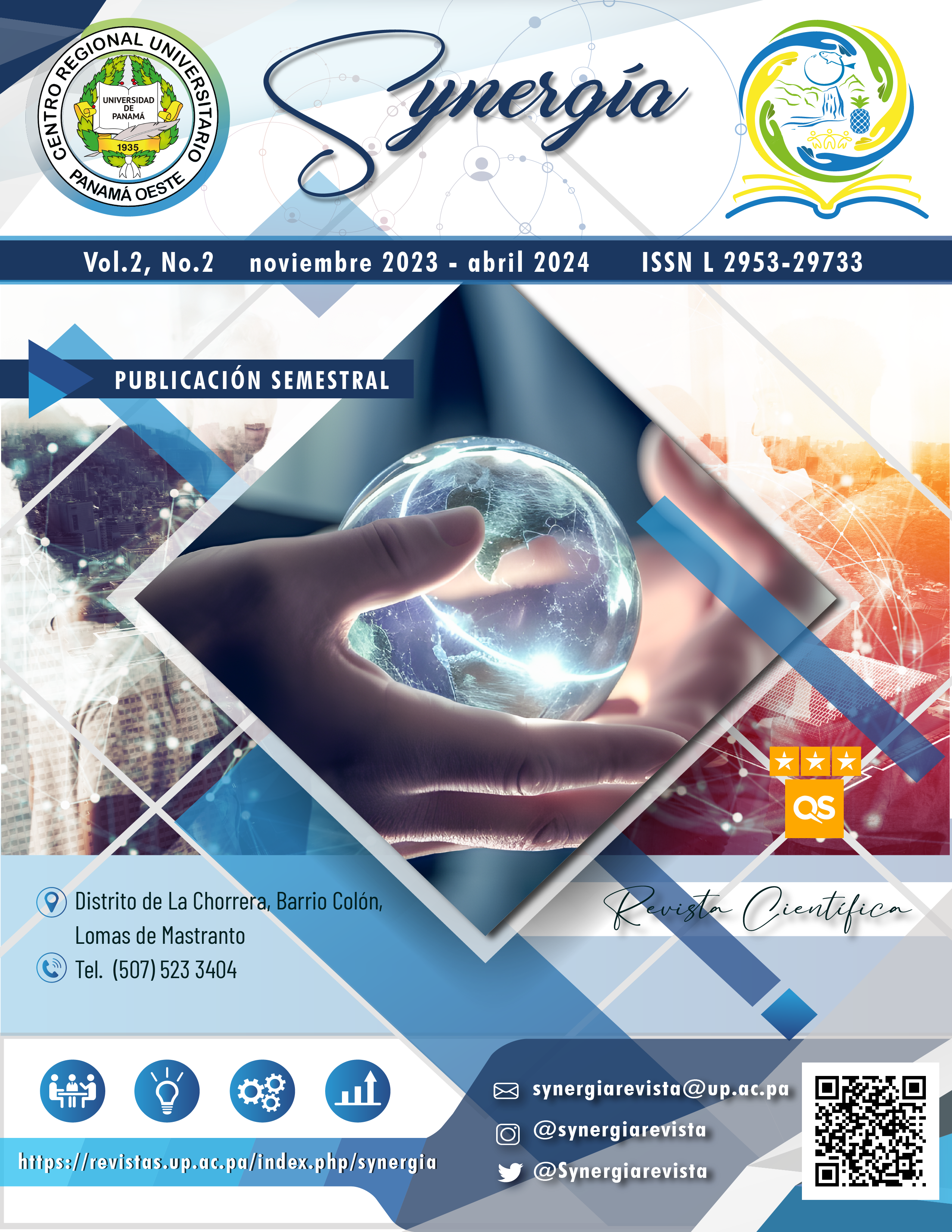

Copyright (c) 2023 Synergía

This work is licensed under a Creative Commons Attribution-NonCommercial-ShareAlike 4.0 International License.
At present, tourism has become an option for the local development of many communities, influencing the socioeconomic development and the processes of protection of the environment and the culture of the peoples. Ethnographic tourism is identified by contributing to the development of indigenous communities, generating economic growth, empowerment, and conservation of the identity of these communities. The intention of this research is to analyze the role of tourism in the local development of the Emberá Indigenous peoples of Alto Chagres in Panama and identify the positive and negative effects of tourism on the Alto Chagres indigenous communities, so that it can develop a proposal to improve the activity in the place. The study is based on four communities close to each other, which receive visitors and practice ecological-ethnographic tourism: Tusipono, Parara Purú, Emberá Drúa and Purú Biakirú. It is hypothesized that tourism has brought a degree of development to the Emberá communities of Alto Chagres, improving the quality of life of the population, creating empowerment, resilience, helping to preserve their culture and the environment, but a better planning of tourism development, so that it is sustainable for the communities. A mixed approach methodology is used, examining qualitative aspects of cases in Latin America and quantitative, conducting semi-structured interviews with visitors, tour operators, local authorities, and members of the study communities. In the communities there is uneven tourism development, although the empowerment of young people and women is observed, as well as the preservation of culture in harmony with the environment, this allows them to generate benefits to survive, but it is necessary to plan the activity so that be more sustainable and generate greater benefits to all the local Emberá communities.